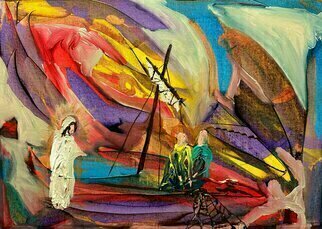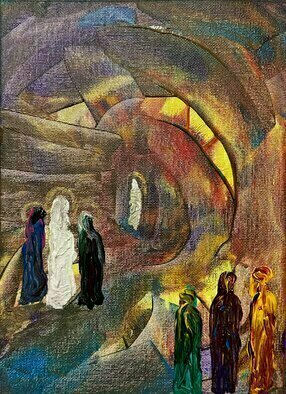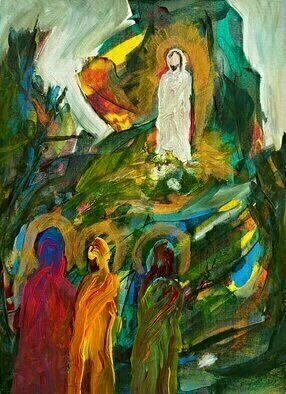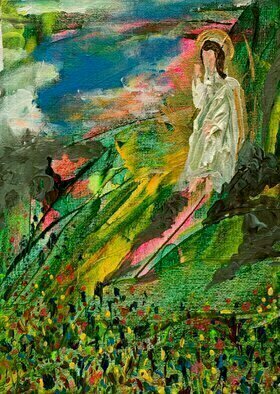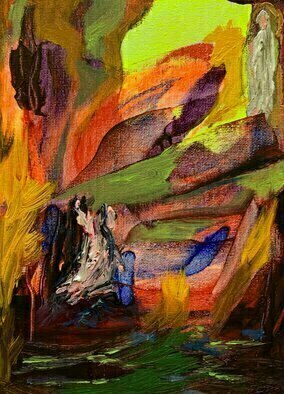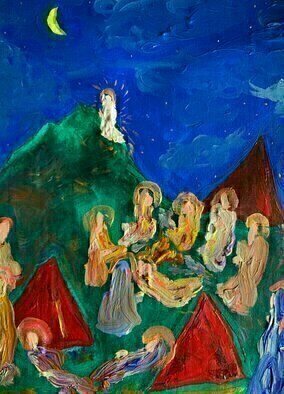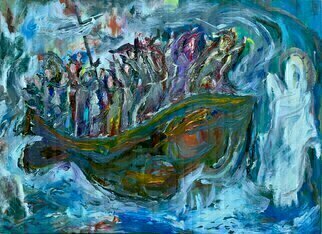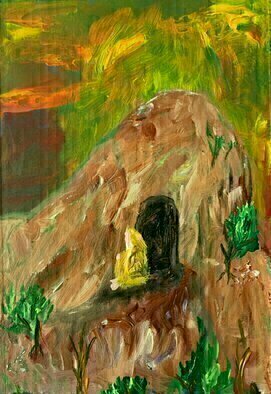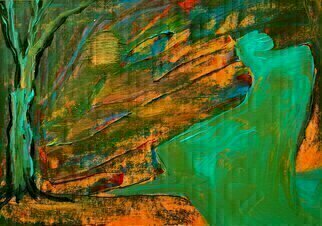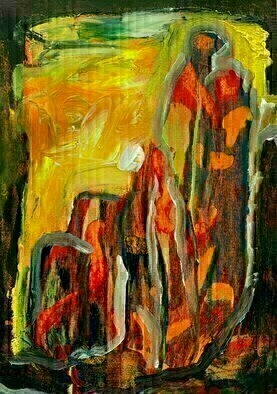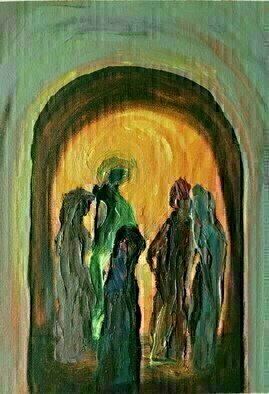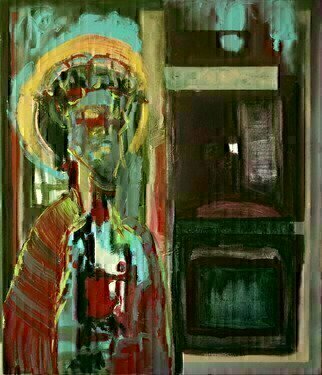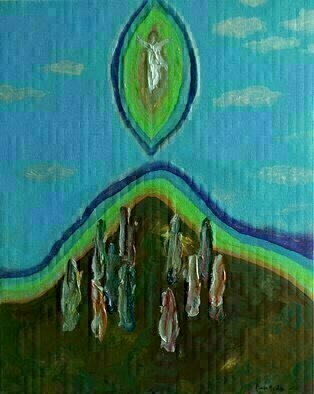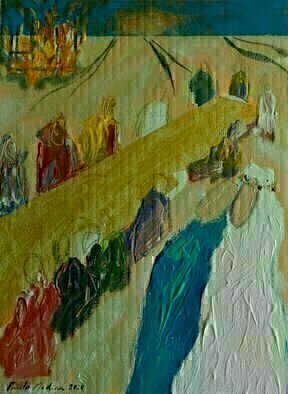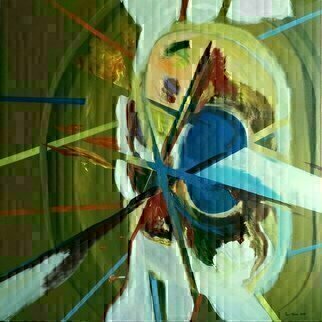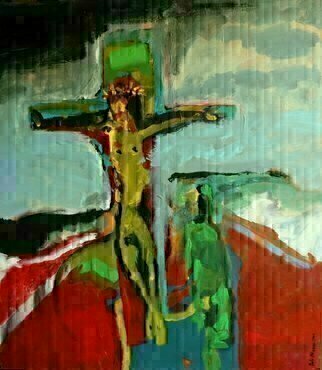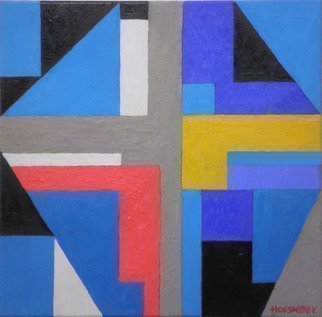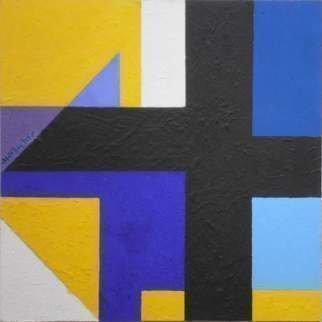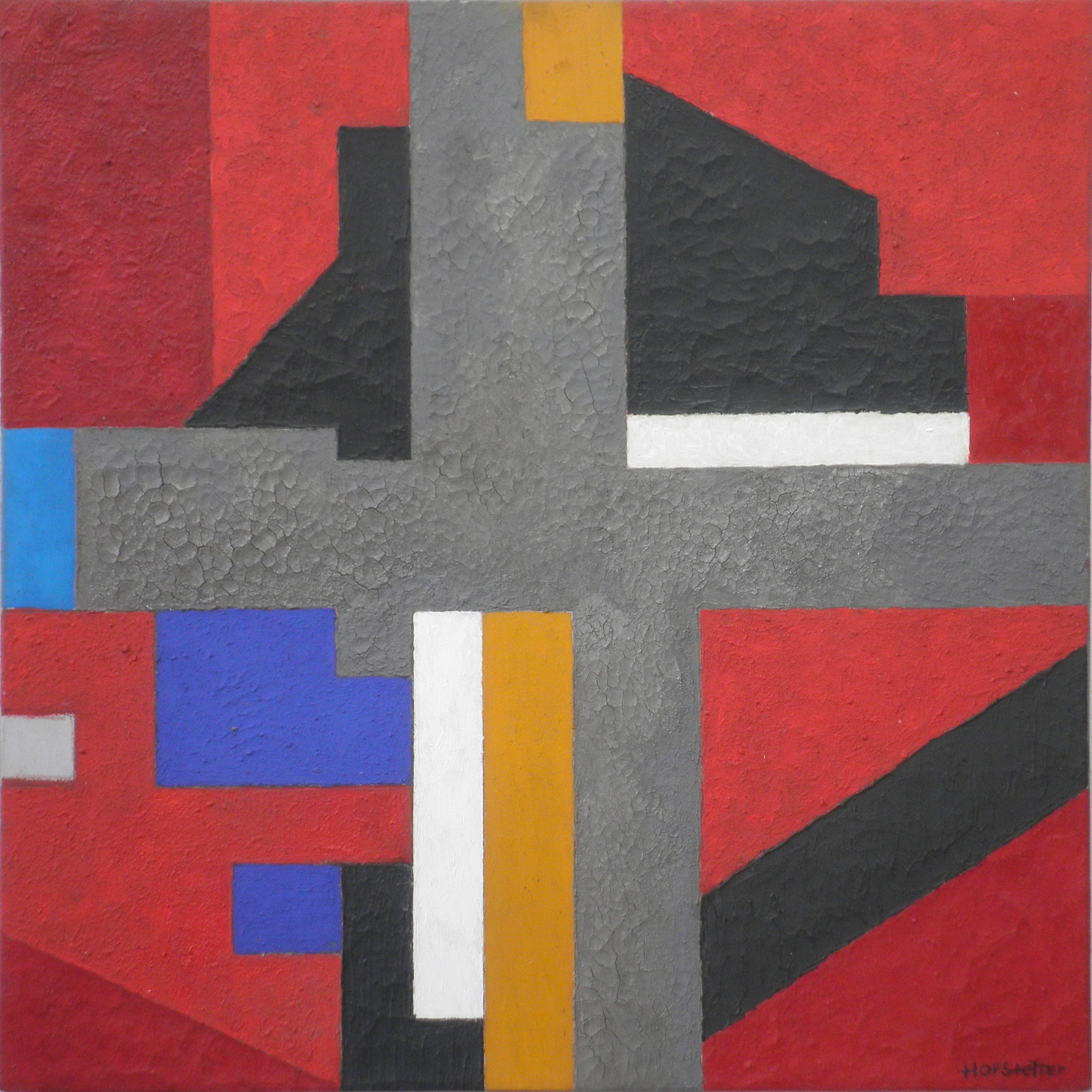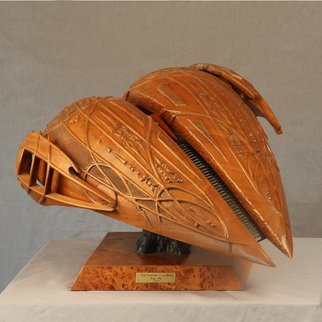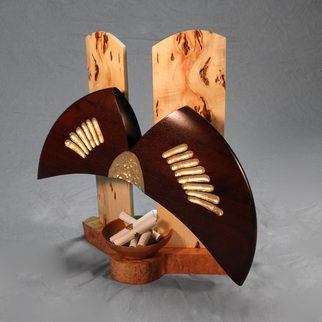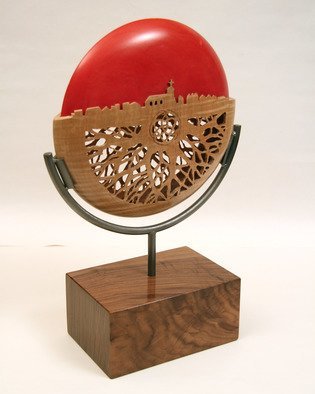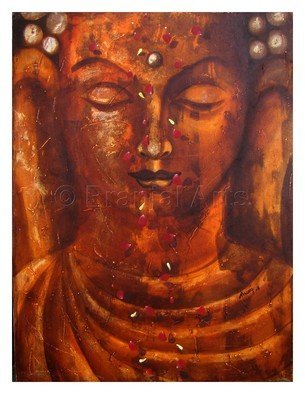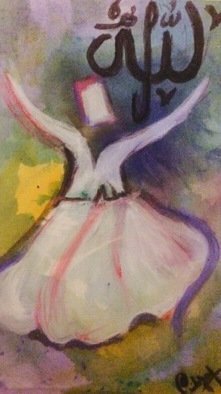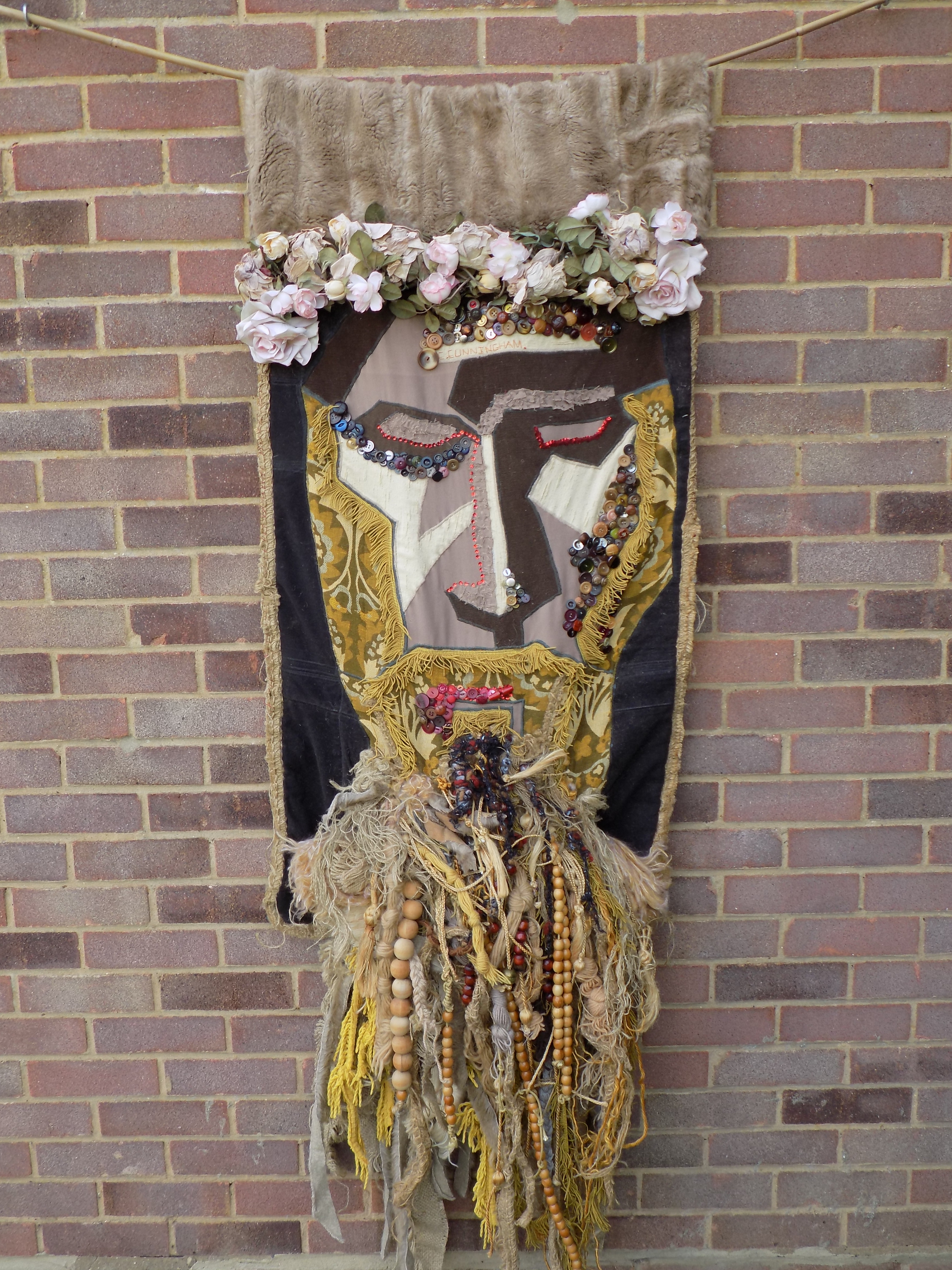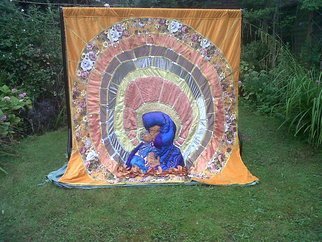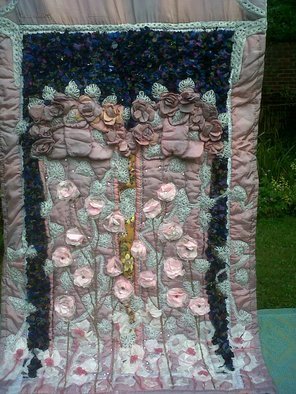Religious Art For Sale
Page 6 of 13

Browse 353 Religious artworks for sale. Contemporary artists: Paulo Medina, Hannes Hofstetter, Jerry Cox, Pranjal Arts, Hennadii Fisun, Gentian Zagorcani, Laraib Yousaf, Prayag Jadhav, Christine Cunningham offering Religious artworks. Links to more artworks by these contemporary artists and 13 pages for and further artists at the bottom of this page. To view a work by any of these contemporary artists simply click on the image or browse the artist's portfolio. To buy any Religious art simply click on the image to go to a more detailed page about this work of art.
MORE »
Jerry Cox - Jerry Graduated from WestminsterWilliam Woods College in Fulton Mo in 1978 with a BFa, Jerry concentrated on Sculpture, Drawing and Watercolor. His sculpture work then was mainly wood constructions and carvings. Soon after graduation Jerry began restoring Juke boxes, Slot machines and old arcade memorabilia. He joined the St. Louis Artist Guild, the oldest Art organization west of the Mississippi, 130 years old this year and has been a member since and is now the Vice President. In 1982 Jerry started working for an antique restorer that also built reproduction furniture. In 1986 Jerry started his own business restoring antiques and building furniture. During this time the Furniture as Art movement grew as a craft and Jerry pursued that line of work and still does to this day as his main profession. About 2002 Jerry started using the lathe as an integral part of his sculptural work. The work often starts on the lathe only to be cut, carved and pieced together to form new shapes often with a Christian or Sci fi theme. Today Jerry heads the Fine Wood Division of NewSpace inc, overseeing the production of fine furniture and cabinetry. The sculptures are created is his 1600 square ...
(Page 6 of 13) - MORE ARTWORKS
Artists Describing Their Art:
Paulo Medina - Para mA, el arte, ha sido como una pequeA+-a barca en donde he cruzado muchas veces el mar. Una barca frA!gil y pequeA+-a, sin embargo, capaz de cruzar hacia grandes horizontes. La barca ha sido un instrumento Aotil, pero nada mA!s... La pintura es poesAa silenciosa SimA3nides Artistic experience, as a spectator, and then, more directly, as an artist, has meant for me the possibility of transcending and reaching certain spaces that are intangible, but lived daily. As a creator, to be in front of a blank canvas or a digital image to be manipulated, is to be faced with a challenge that of translating to the language of forms, textures and colors something that has not yet been conceptualized, but that exists somewhere and that I desire to capture, expressing it through those materials and tools at my disposal. It thereby becomes a kind of game, in which time disappears and one enters into communion with the aesthetic experience with its infinity of moments, which go from pain to ecstasy. Self-taught experimentation in the field of art, has been for me one of the great pleasures of life. La experiencia artAstica ...Jerry Cox - Jerry Graduated from WestminsterWilliam Woods College in Fulton Mo in 1978 with a BFa, Jerry concentrated on Sculpture, Drawing and Watercolor. His sculpture work then was mainly wood constructions and carvings. Soon after graduation Jerry began restoring Juke boxes, Slot machines and old arcade memorabilia. He joined the St. Louis Artist Guild, the oldest Art organization west of the Mississippi, 130 years old this year and has been a member since and is now the Vice President. In 1982 Jerry started working for an antique restorer that also built reproduction furniture. In 1986 Jerry started his own business restoring antiques and building furniture. During this time the Furniture as Art movement grew as a craft and Jerry pursued that line of work and still does to this day as his main profession. About 2002 Jerry started using the lathe as an integral part of his sculptural work. The work often starts on the lathe only to be cut, carved and pieced together to form new shapes often with a Christian or Sci fi theme. Today Jerry heads the Fine Wood Division of NewSpace inc, overseeing the production of fine furniture and cabinetry. The sculptures are created is his 1600 square ...
